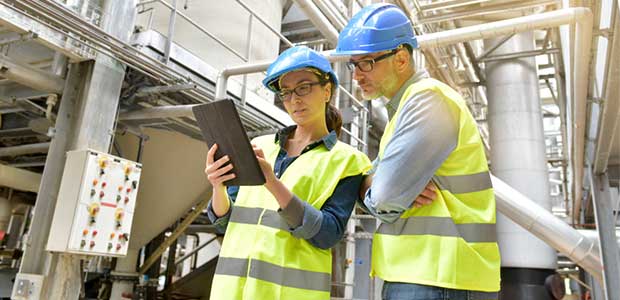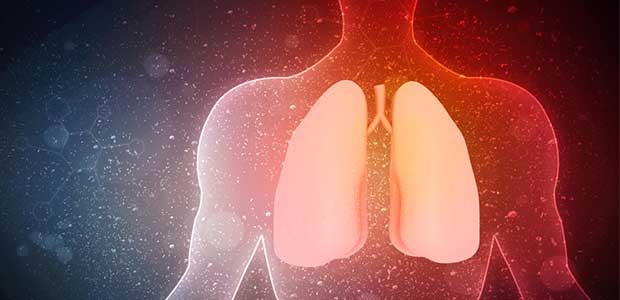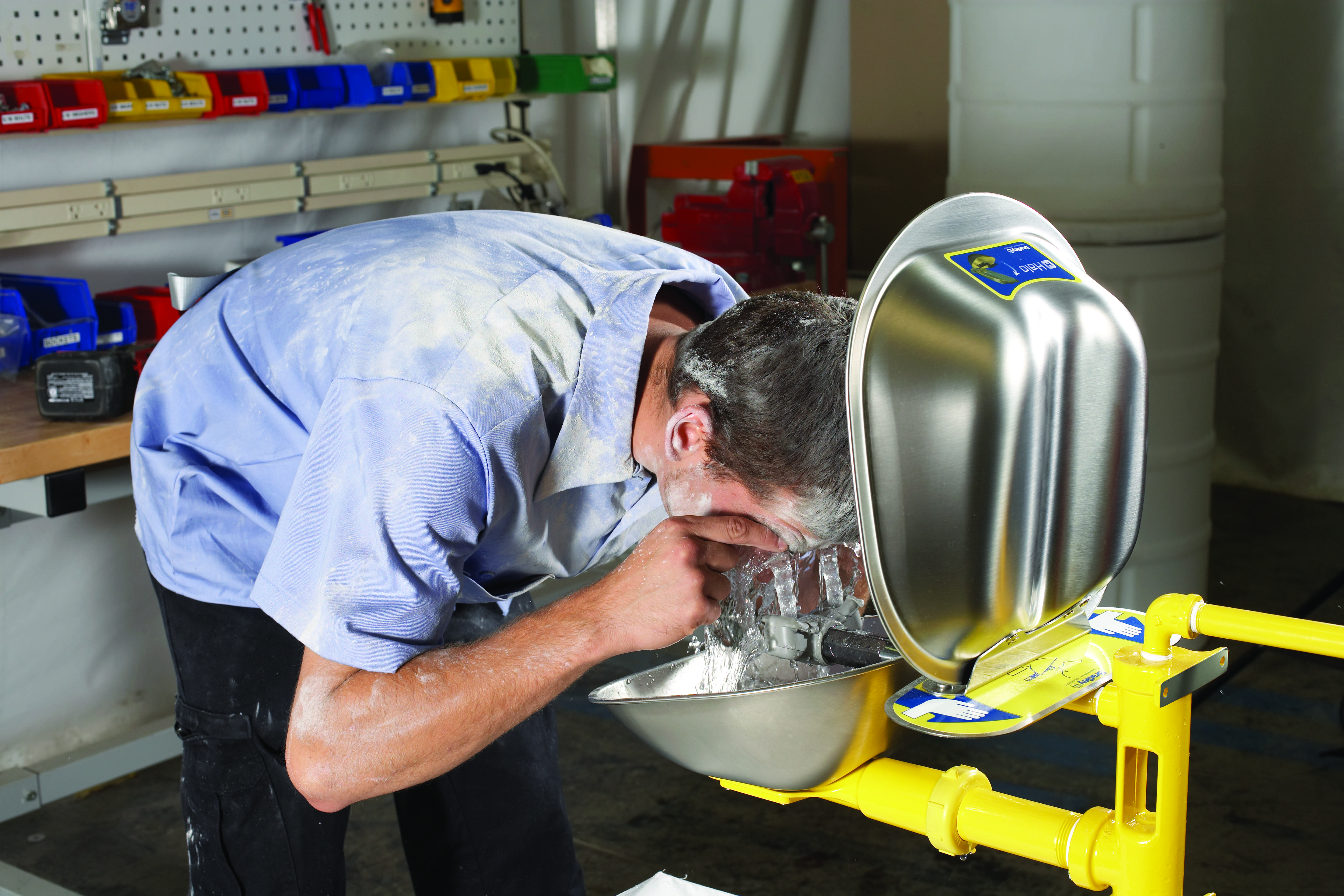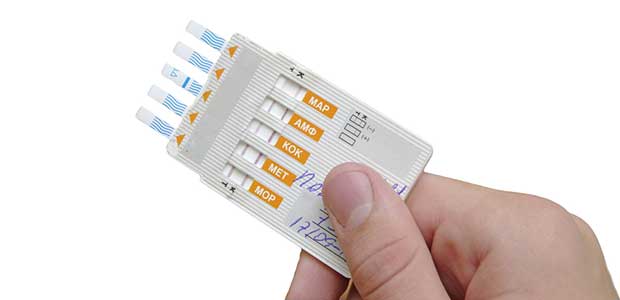
Keeping workers healthy with vigilance and common sense.

FR garments also play a vital role in effective combustible dust hazard prevention.

Industrial hygiene is crucial for controlling chemical hazards by enacting deliberate and systematic protective measures.

Not all airborne dust particles are the same. Here are ways you can differentiate between particulate exposures and hazards for your workplace.
Why worry about reporting if you can prevent the release in the first place?

The need for sufficient and properly working emergency eyewash and shower devices in workplaces is real and pervasive.

Photoionization detectors (PIDs) are gas detection technology that can help businesses address this risk from the start, maintaining the highest level of short- and long-term safety for workers.
Fire departments respond to nearly 280 industrial incidents involving static electricity each year.

Flame-resistant (FR) clothing is a crucial element in keeping workers safe.

Need advice for revisiting drug testing policy in the era of legalization?
The Centers for Disease and Prevention has added several symptoms to its existing list of symptoms for COVID-19. Some you’ve heard, some you might not have.

You may be entitled to asbestos compensation. Find out if you are eligible.
Last week, the Department of Labor released additional interim enforcement guidance on reusing disposable N95 filtering face piece respirators that have been decontaminated.
OSHA and the CDC have teamed together to provide Americans with an interim guidance for workers and employers in the meat packaging and meat processing industry—especially given recent sick workers.

What can engineering directors and facility managers do to move their facilities closer to NFPA 70E compliance when spending has all but ground to a halt?